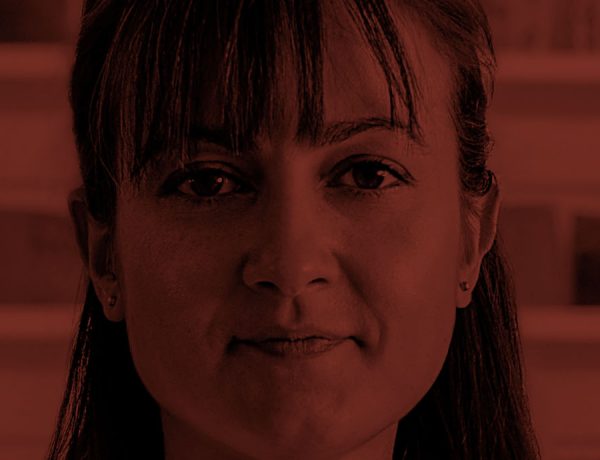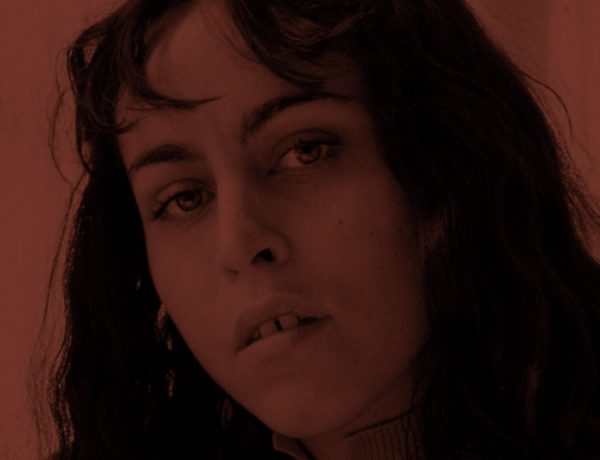Zeynep Boyan is a self-taught artist and designer based in Montréal working with clay as her primary material. Boyan’s work is a culmination of her background, her surrounding habitat, her visual memory, and her state of mind when creating. She largely gets inspired by organic forms found in nature reflecting femininity, masculinity, fluidity, and everything in between. We discuss her practice and the inspirations behind her approach.
How did you discover the medium of ceramics?
Art and design have been an integral part of my life since I can remember. The earliest memory of my childhood is based on my passion to design and to disrupt. I remember redesigning my room on paper over and over again. Drawing was the only option because the furniture was too heavy to move and lift all by myself. Even though the proportions of the furniture in my sketches did not match the reality, I learned to gain different perspectives through objects in my living habitat at an early age. This led me to discover that I wanted to shape and design objects for living areas. I knew that I wanted to be directly involved in the creation process and clay gave me that opportunity. Since then, I have been working with clay as my primary material.
How would you describe the philosophical basis of your ceramic practice? Where does the inspiration come from?
Inspiration is not linear, at least for me. I get inspired by the weather, the food, space & love; everything that has defined me to become who I am today. Therefore, I like to describe my work as a culmination of my background, my surrounding habitat, my visual memory, and my state of mind when creating. Every one-of-a-kind piece I create resembles this philosophy.
What do you hope to achieve in your work?
The Sculpt series has been an attempt to disrupt everyday objects into sculptures. Every piece in the series has a function of its own but at the same time, it also has its own language and personality. I like to see and experience dualities in art and everyday objects. I would like to develop this tendency more in my work.
How is your practice connected to our history, culture, and geography?
As an artist living and working abroad, I acknowledge the fundamentals I carry within me. Growing up in a Mediterranean culture had an inevitable effect on my design language. I carry the same fluidity of a simple yet elegant but also organic style in most of my works by keeping them naked, unglazed, natural, and organically textured by hand.




